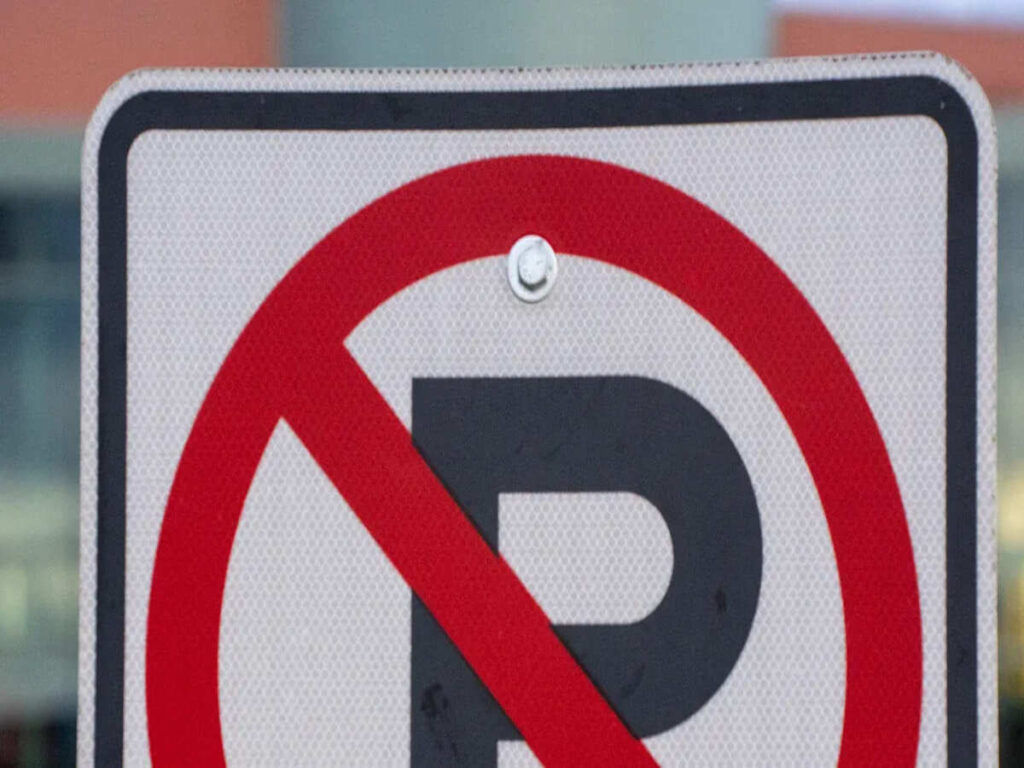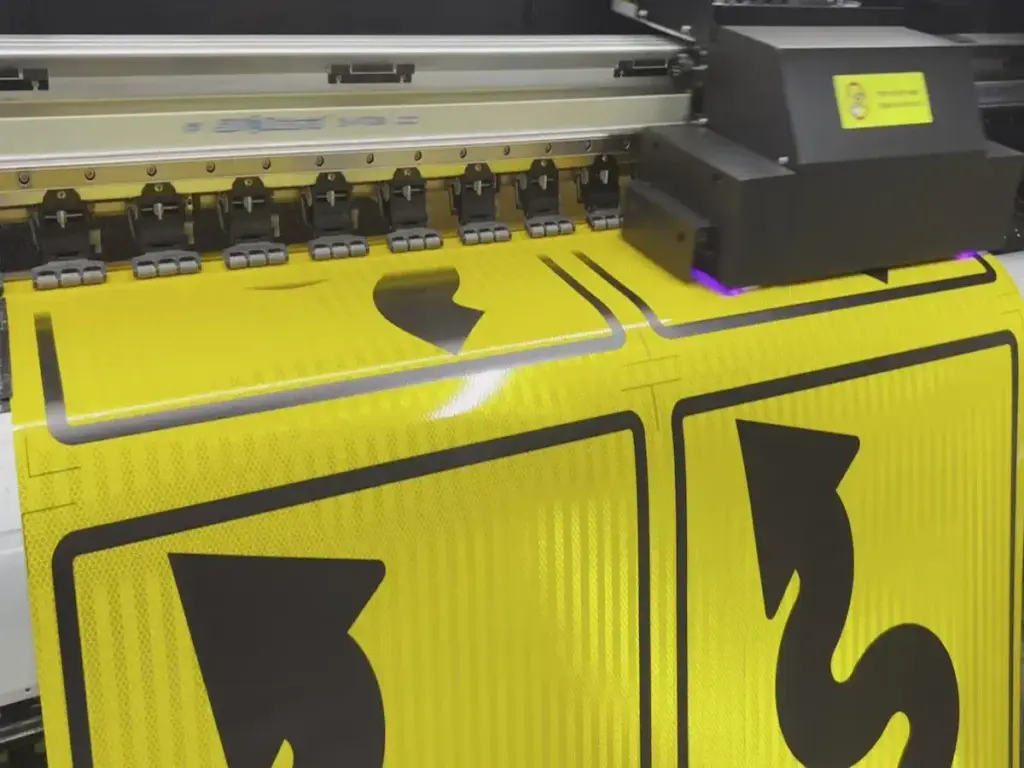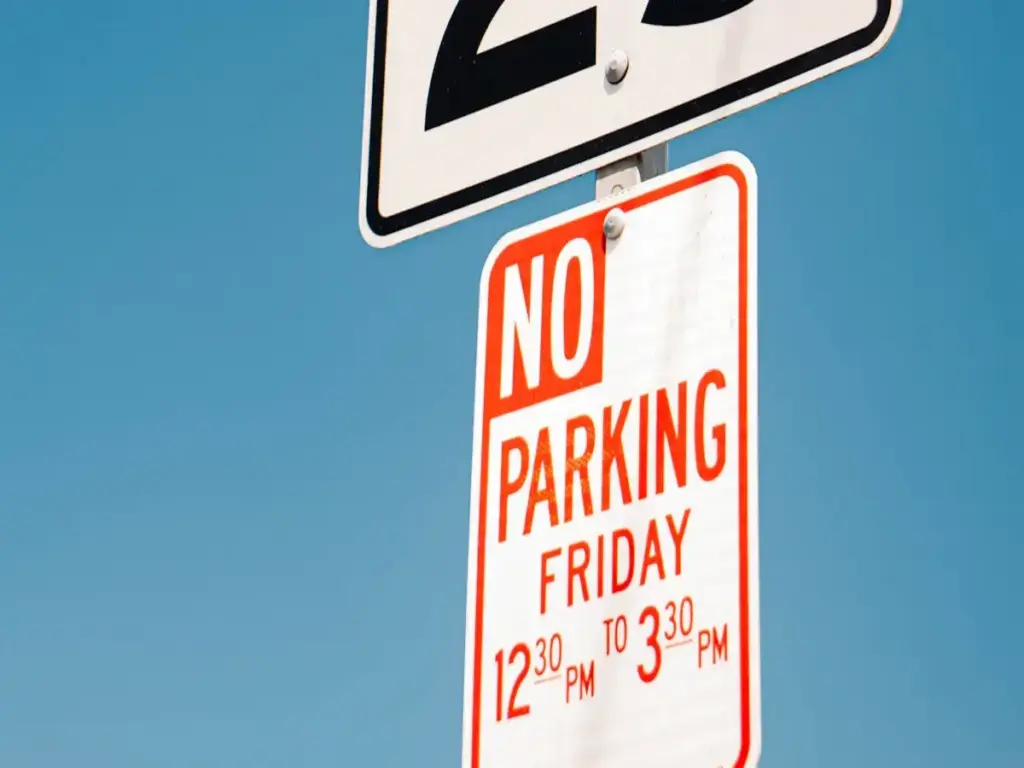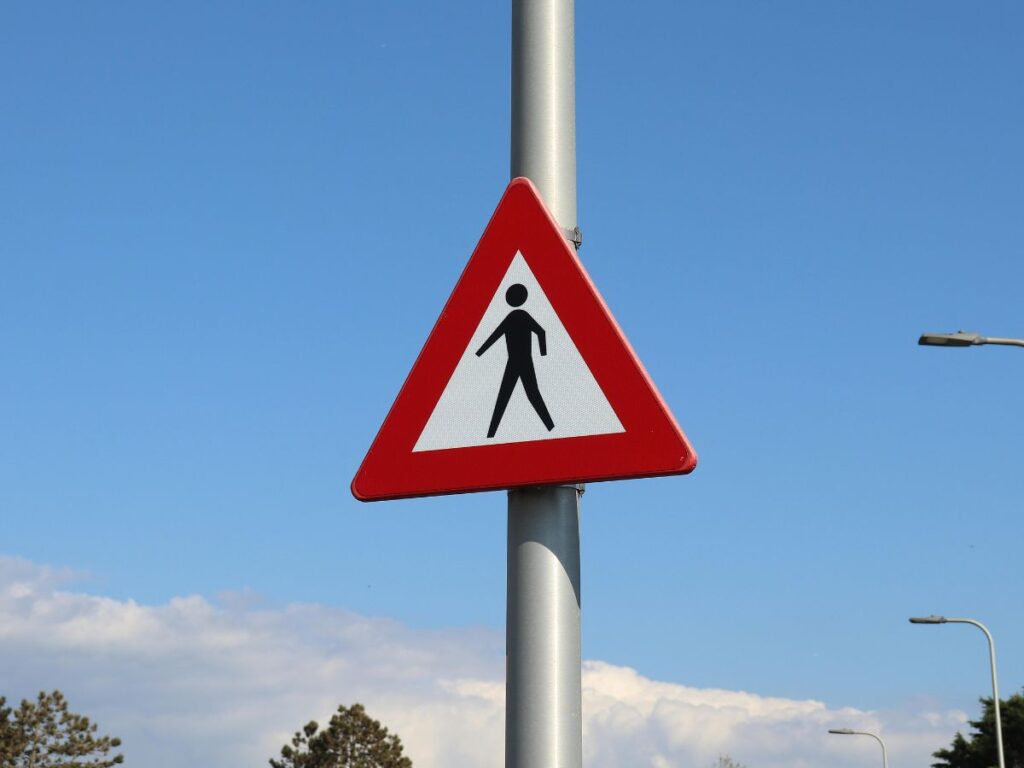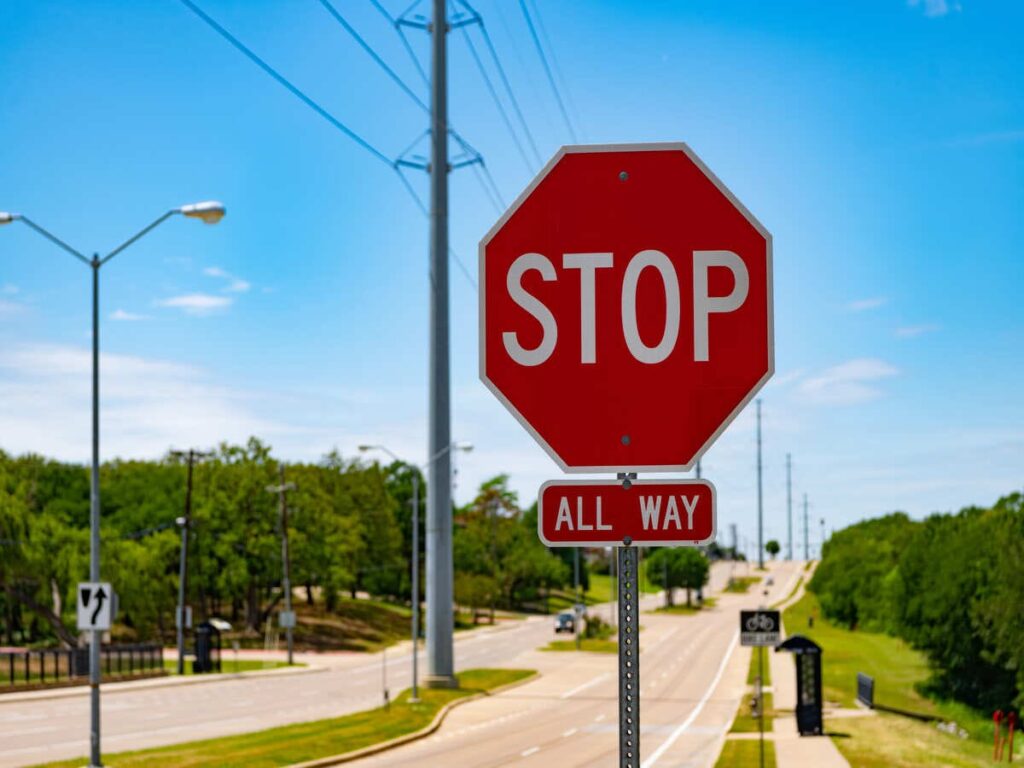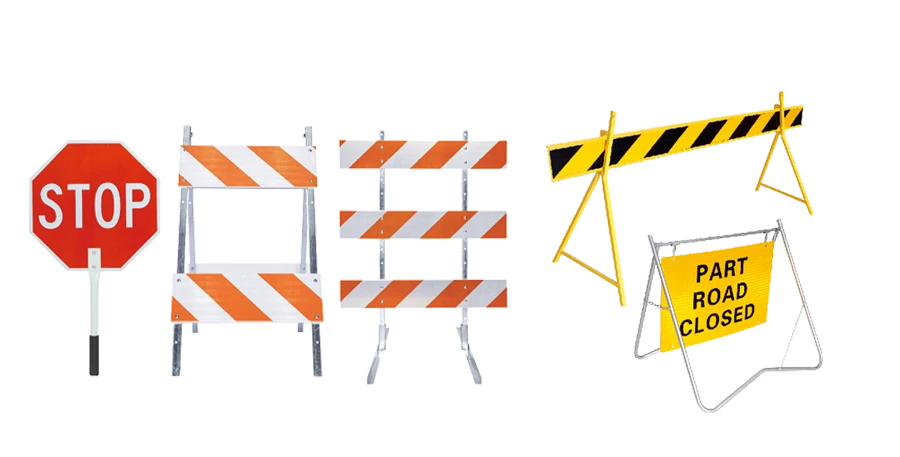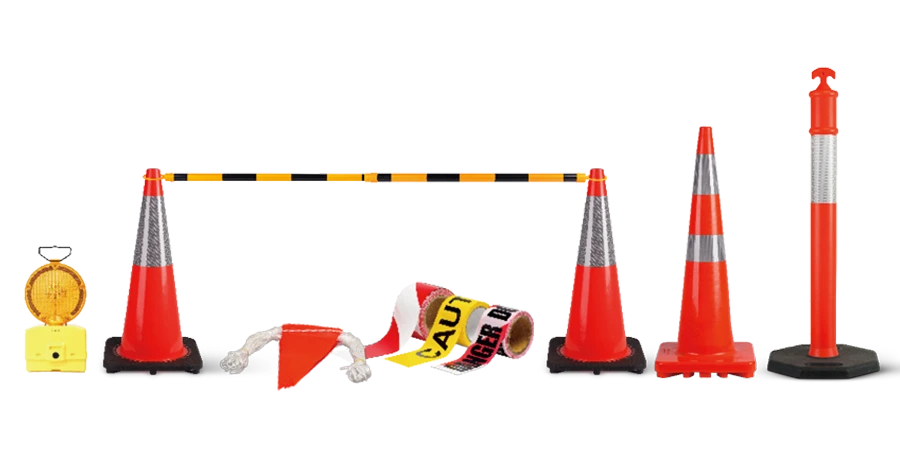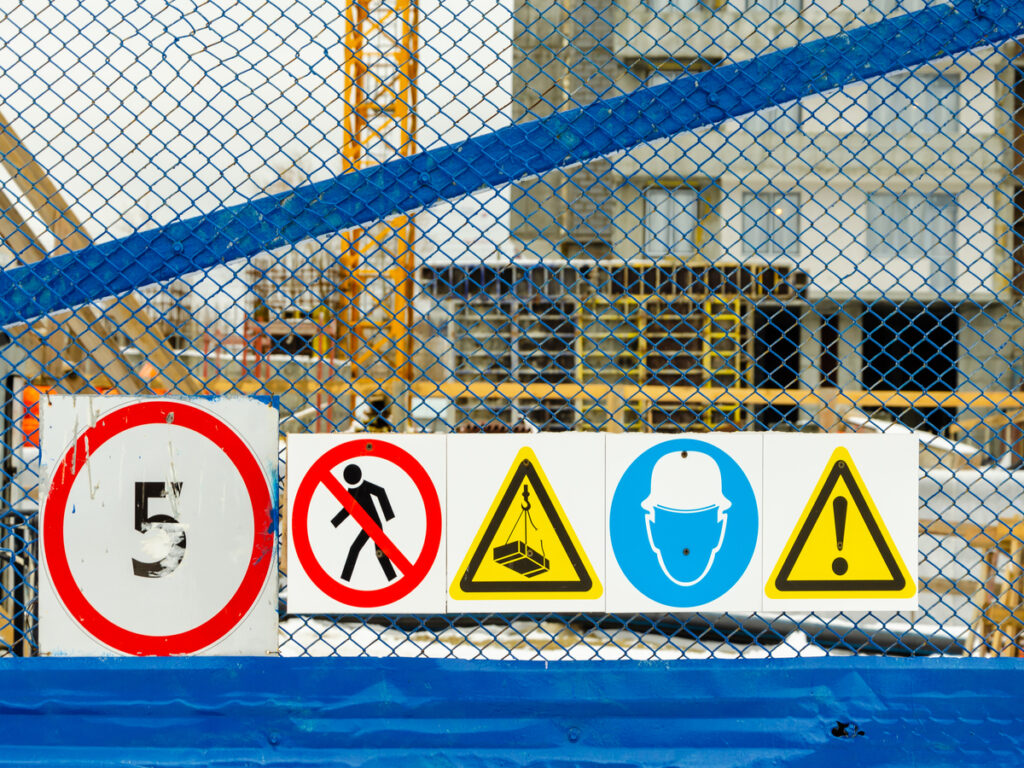
Imagine que un trabajador malinterpreta un signo de peligro porque el símbolo o el color no está claro. Tal error puede conducir a graves consecuencias. ISO 7010 Ayuda a prevenir estos peligros estandarizando los colores y los símbolos utilizados en los signos de seguridad en el lugar de trabajo. Esto asegura que todos entiendan inmediatamente el significado del signo.. En entornos donde se hablan múltiples idiomas, Este enfoque reduce la confusión y mejora la seguridad general..
- ISO 7010 Los símbolos son fáciles de reconocer, Incluso si el idioma no es familiar.
- Los signos de seguridad del lugar de trabajo consistentes permiten respuestas más rápidas durante las emergencias.
Control de llave
- ISO 7010 hace que los colores y los símbolos de la señal de seguridad sean los mismos en todas partes. Esto ayuda a todos a ver los peligros en el trabajo fácilmente.
- El uso de las mismas formas y colores ayuda a los trabajadores a detectar peligros rápidamente. Esto reduce los accidentes y ayuda a las personas a actuar rápidamente en emergencias..
- Las señales sin palabras funcionan bien donde la gente habla muchos idiomas. Esto ayuda a todos los trabajadores a mantenerse a salvo, No importa de dónde sean.
- Comprobar y actualizar los signos de seguridad a menudo los mantiene fáciles de ver y corregir. Esto ayuda a detener los accidentes y mantiene a todos seguros.
- Enseñadores de trabajadores sobre ISO 7010 Los letreros les ayudan a saber sobre la seguridad. Esto hace que el lugar de trabajo sea más seguro y más listo para problemas..
ISO 7010 y letreros de seguridad en el lugar de trabajo
Normalización
ISO 7010 ofrece reglas claras para los signos de seguridad en el trabajo. El estándar nos dice qué formas, bandera, y pictogramas para usar para cada mensaje de seguridad. Esto significa que cada símbolo siempre significa lo mismo. Por ejemplo, Un triángulo amarillo con un borde negro siempre es una advertencia. Un círculo azul siempre muestra algo que debes hacer. Los diseños son simples y facilitan a los trabajadores saber qué significa el signo de inmediato..
La estandarización ayuda a detener la confusión. Los estudios muestran que las personas detectan formas simples y regulares más rápido y cometen menos errores. Si todos los lugares de trabajo usan las mismas señales, Los trabajadores no tienen que aprender nuevos símbolos cuando cambian de trabajo. Esto hace que los errores sean menos probables, especialmente en emergencias cuando el tiempo es importante.
Nota: Si mezclas viejo, desteñido, o señales no estándar con ISO 7010 letreros, Las personas pueden confundirse y reaccionar más lentamente en emergencias. Usando solo iso 7010 Los signos ayudan a detener estos problemas.
Claridad y consistencia
La claridad y la consistencia son muy importantes en ISO 7010. El estándar se asegura de que cada signo de seguridad entregue su mensaje sin usar palabras.. Esto ayuda a todos a comprender, Incluso si no hablan el mismo idioma o no pueden leer bien. Esto es muy útil en lugares donde la gente habla muchos idiomas..
El uso de las mismas formas y colores ayuda a las personas a saber qué tipo de mensaje de seguridad es. Por ejemplo, Los círculos rojos con una línea a través de ellos siempre significan que no debes hacer algo. Los rectángulos verdes muestran lugares seguros o salidas de emergencia. Por aquí, Los trabajadores pueden actuar rápido y correctamente, Incluso si se sienten estresados.
Muchos países siguen ISO 7010 Reglas para hacer que los signos de seguridad sean iguales en todas partes. Estos países ponen el estándar en sus leyes, Entonces, las empresas cumplen con las reglas de seguridad locales y mundiales. La siguiente tabla muestra cómo algunos países usan estos estándares:
| Aspecto | ISO 7010 (Internacional) | Suiza (Sn un iso 7010) | Alemania (DE 4844) | EE.UU (ANSI Z535) |
|---|---|---|---|---|
| Marco legal | Marco universal para señales de seguridad | Adopción completa, cumplimiento obligatorio | Integrado en las regulaciones nacionales | Referencias de OSHA ANSI Z535; El cumplimiento varía |
| Estándares de diseño | Estricto en símbolos, bandera, formas | Adopción directa de ISO 7010 elementos | Alineación cercana, Algunas adaptaciones | Símbolos similares, Más flexibilidad |
| Aplicación | Varía globalmente | Inspecciones regulares, sanciones por incumplimiento | Auditorías e inspecciones de cuerpos reguladores | Inspecciones de OSHA, La aplicación varía |
| Entrenamiento y conciencia | Enfatiza el entrenamiento de reconocimiento de símbolos | Programas de capacitación integral | Entrenamiento en ISO 7010 y adaptaciones | El entrenamiento incluye símbolos y texto |
Hacer que las señales de seguridad sean claras y las mismas en todas partes ayuda a construir un lugar de trabajo seguro. Los trabajadores conocen las señales, actuar más rápido en emergencias, y las empresas muestran que se preocupan por la seguridad y siguiendo las reglas.
Normas de color
Rojo, Amarillo, Verde, Azul
ISO 7010 Utiliza ciertos colores para cada signo de seguridad. Estos colores ayudan a los trabajadores a saber qué significa el signo rápido. La siguiente tabla enumera los colores principales, lo que quieren decir, y sus formas:
| Tipo de signo | Significado | Color | Forma |
|---|---|---|---|
| Signo de prohibición | No debe hacer | Rojo | Círculo con línea diagonal |
| Signo obligatorio | Debe hacer | Azul | Círculo |
| Señal de advertencia | Advertir sobre peligro | Amarillo | Triángulo equilibrado con esquinas redondeadas |
| Signo de condición segura | Identificar equipos de seguridad y salidas | Verde | Cuadrado o rectangular |
| Signo de seguridad contra incendios | Identificación de equipos de extinción de incendios | Rojo | Cuadrado |
Rojo significa que hay peligro o algo no está permitido. Azul significa que debes hacer algo. Amarillo advierte sobre posibles peligros. Muestra verde a lugares seguros, salidas, o lugares de primeros auxilios. Las señales de seguridad contra incendios también usan rojo, Pero en una forma cuadrada, Para mostrar dónde está el equipo de incendios.
Nota: Estos colores y formas se eligen a propósito. ISO 7010 tiene reglas estrictas, por lo que los signos son fáciles de ver y comprender, Incluso desde muy lejos o de mala luz.
Impacto psicológico
El color cambia la forma en que las personas reaccionan a los signos de seguridad. Los estudios muestran que el cerebro ve colores y símbolos más rápido que las palabras. Esto ayuda a los trabajadores a notar el peligro y actuar antes de leer cualquier texto..
- El rojo hace que la gente sienta que algo es urgente o peligroso. Los hace parar y mirar. Los trabajadores a menudo reaccionan rápidamente cuando ven rojo.
- El amarillo hace que la gente sea más alerta y cuidadosa. Advierte sobre el peligro pero no hace que la gente se asuste. Los trabajadores prestan más atención en áreas amarillas.
- El azul hace que la gente se sienta tranquila y segura. Les ayuda a seguir instrucciones, Como usar equipo de seguridad.
- Verde significa seguridad y hace que las personas se sientan mejor. Ayuda a las personas a encontrar salidas o primeros auxilios rápidamente en emergencias.
Pares de colores brillantes, como rojo y amarillo o verde y blanco, hacer que las señales sean más fáciles de ver. Estas parejas de ayuda se destacan, Incluso en lugares ocupados.
Aquí hay algunos ejemplos reales de cómo la codificación de color detiene los accidentes:
- Las líneas amarillas marcan las pasarelas y los caminos de tráfico, Ayudar a los trabajadores a moverse con seguridad.
- Las rayas rojas y blancas mantienen las áreas delante del engranaje de fuego o los paneles eléctricos claros, Entonces nada los bloquea en una emergencia.
- Peligros de rayas amarillas y negras muestran, Recordar a los trabajadores que tengan cuidado.
- Las rayas amarillas o rojas fotoluminiscentes ayudan a las personas a encontrar salidas si se apagan las luces.
Estas señales ayudan a los trabajadores a detectar peligros y lugares seguros de inmediato.. Usando los mismos colores y formas, como iso 7010 dice, detiene la confusión y ayuda a las personas a actuar más rápido. Esto hace que el lugar de trabajo sea más seguro para todos, no importa qué idioma hablen o de dónde son.
Símbolos y formas
Símbolos universales
ISO 7010 Utiliza pictogramas para compartir mensajes de seguridad sin palabras. Estos símbolos ayudan a todos a saber sobre los peligros, Incluso si no pueden leer o hablar el idioma. Cada pictograma tiene una imagen simple y un color brillante para mostrar el riesgo o qué hacer. Esto hace que las cosas sean menos confusas y ayudan a los trabajadores a actuar rápidamente.
Un poco de iso 7010 pictogramas que podrías ver son:
- W001: Advertencia general - Una marca de exclamación negra en un triángulo amarillo advierte sobre los peligros generales.
- W012: Peligro de electricidad - Un perno de relámpagos negros muestra que hay un riesgo de electricidad.
- W021: Material inflamable - Un símbolo de llama significa que algo puede incendiarse fácilmente.
- W003: Material radiactivo - El símbolo del trébol advierte sobre los peligros de radiación.
- W023: Sustancia corrosiva - Un tubo de ensayo que vierte líquido en una mano y superficie significa que el químico puede quemar o dañar las cosas.
- W009: Peligro biológico - El símbolo biológico advierte sobre gérmenes o virus peligrosos.
- W011: Superficie resbaladiza - Una persona resbalando muestra que el piso está húmedo o resbaladizo.
ISO 7010 símbolo Use imágenes y colores claros. Esto ayuda a los trabajadores que no pueden leer bien o hablar el idioma. El diseño mantiene a todos seguros, No importa de dónde sean.
Formas para reconocimiento rápido
Las formas son muy importantes en ISO 7010 letreros de seguridad. Cada tipo de signo tiene su propia forma y color. Esto hace que sea fácil ver y saber qué significa el signo. Las señales de advertencia son triángulos amarillos. Los signos de prohibición son círculos rojos con una línea. Los signos obligatorios son los círculos azules. Los signos de condición segura son rectángulos o cuadrados verdes. Las señales de seguridad contra incendios son cuadrados rojos.
| Tipo de signo | Forma | Color | Símbolo de ejemplo |
|---|---|---|---|
| Advertencia | Triángulo | Amarillo | ⚡ (Peligro de electricidad) |
| Prohibición | Círculo con línea | Rojo | 🚭 (No Fumar) |
| Obligatorio | Círculo | Azul | 🦺 (Use chaleco de seguridad) |
| Condición segura | Rectángulo/cuadrado | Verde | 🏥 (Primeros auxilios) |
| Seguridad contra incendios | Cuadrado | Rojo | 🔥 (Extintor de incendios) |
Este sistema ayuda a las personas a conocer el mensaje de seguridad de inmediato., Incluso cuando se sienten estresados. El uso de las mismas formas y colores ayuda a los trabajadores a actuar rápidamente en emergencias. ISO 7010 asegura que las señales de seguridad se vean iguales en todas partes, para que todos puedan entenderlos fácilmente.
Beneficios para los lugares de trabajo
Reducción de accidentes
ISO 7010 Ayuda a los lugares de trabajo haciendo que los accidentes y lesiones sean menos probables. Cuando las señales de seguridad se ven iguales en todas partes, La gente ve los peligros más rápido. Los trabajadores no se confunden por símbolos o colores extraños. Ellos saben que hacer de inmediato, Entonces toman decisiones más seguras.
Hay muchas historias de la vida real sobre ISO 7010 letreros:
- Las playas de Hawái tuvieron menos lesiones y muertes después de usar letreros ISO. Los turistas de otros países entendieron mejor las advertencias.
- Willoughby Aquatics en Ohio vio un 55% caer en los tirones de nadadores después de que se colocaron nuevas señales de seguridad.
- Parques y universidades en el sureste de los Estados Unidos cambiaron letreros solo de texto a símbolos ISO. Querían detener los accidentes y evitar meterse en problemas.
Las buenas señales de seguridad en las escuelas han reducido los accidentes hasta 80%. Los signos claros ayudan a las personas en emergencias y las hacen 40% más listo.
Señales de salida verde, Que iso 7010 dice que use, son fáciles de ver en emergencias. Los estudios muestran que las personas encuentran estos signos más rápido que otros colores. Esto ayuda a todos a irse de manera rápida y segura. Signos que brillan en la oscuridad o usan Luces LED se puede ver incluso si se apaga el poder o hay humo. Esto ayuda a las personas a escapar en una emergencia.
Cumplimiento y capacitación
El uso de los mismos signos facilita que los lugares de trabajo sigan la ley y hagan lo correcto. ISO 7010 asegura que los signos de seguridad siempre se vean iguales y significan lo mismo. Esto ayuda a las empresas a seguir las reglas en su país y en todo el mundo..
El entrenamiento es mejor cuando todos aprenden las mismas señales. Los nuevos trabajadores pueden detectar peligros y formas seguras de su primer día. Las lecciones de seguridad contra incendios a menudo usan ISO 7010 letreros, Entonces el personal sabe cómo detener los incendios y qué hacer si uno comienza. Las empresas que usan estos signos muestran que se preocupan por la seguridad y obtienen un mejor nombre.
Usando ISO 7010 Los letreros ayudan a los nuevos trabajadores a aprender, hace que la gente esté más lista, y construye un lugar de trabajo donde la seguridad es más importante.
Implementación de ISO 7010
Evaluación y planificación
Las organizaciones necesitan un plan claro para usar ISO 7010 letreros de seguridad. Primero, deben buscar todos los peligros en el trabajo. Esto significa versiones de máquinas, químicos, salidas, y lugares de primeros auxilios. Próximo, Los equipos miran los letreros que ya están en su lugar. Verifican si los letreros usan el diseño correcto, símbolo, y punto. Si algunos peligros no tienen señales, o si las señales están mal, encuentran estos problemas. Los gerentes y los trabajadores deben ayudar con este trabajo. Por aquí, Todos saben lo que cambiará.
Un simple plan paso a paso ayuda a mantener las cosas organizadas:
- Verifique todas las señales para ver si siguen a ISO 7010.
- Busque peligros y asegúrese de que cada riesgo tenga un signo.
- Hable con el personal para que sepan qué significan las señales.
- Cambiar o agregar señales donde sea necesario.
Este plan se asegura de que cada peligro tenga la señal correcta. También ayuda a todos los trabajadores a saber lo que significa cada signo.
Instalación y capacitación
Poniendo ISO 7010 Los signos de la manera correcta son muy importantes. Los equipos deben mirar alrededor del lugar de trabajo para elegir los mejores lugares para obtener señales. Los letreros deben ser fáciles de ver para los trabajadores y los visitantes.. Cada signo debe coincidir con la regla de peligro o seguridad cercana. Usando el ISO correcto 7010 Los símbolos y los colores ayudan a todos a comprender.
Algunos buenos consejos son:
- Poner señales cerca de los peligros, máquinas, y salidas.
- Use señales para ayudar a enseñar seguridad, Incluso si es ruidoso o la gente habla diferentes idiomas.
- Mantenga las señales limpias y verifíquelas después de las tormentas o cambios en el trabajo.
El entrenamiento es una gran parte de esto. Los nuevos trabajadores deben aprender sobre ISO 7010 Señales cuando comienzan. Las lecciones de seguridad deberían ocurrir a menudo para recordar a todos. Entrenar todo el tiempo ayuda a que la seguridad sea un hábito.
Verificar las señales a menudo los mantiene funcionando bien. Los equipos deben planificar cheques, Arregle las señales rotas rápidamente, y agregar señales para nuevos peligros. Buenos signos de seguridad ayudan a detener los accidentes y cumplir con la ley.
Consejo: Muchas organizaciones usan mapas o listas para realizar un seguimiento de dónde están las señales y cuándo verificarlas.
Para más ayuda, Puedes leer ISO 7010 guías o unirse a cursos de capacitación.
ISO 7010 hace que sea más fácil advertir a las personas sobre los peligros. Utiliza colores y símbolos claros en los signos de seguridad en el trabajo. Esto ayuda a todos a comprender las señales rápidamente. Las organizaciones obtienen lugares de trabajo más seguros, seguir la ley, y construir una fuerte cultura de seguridad. La siguiente tabla muestra qué tan bien las personas entienden estos signos:
| Descripción estadística | Valor / Descubrimiento |
|---|---|
| ISO 3864 Criterio de aceptación de comprensión | 67% puntaje de comprensión |
| Percepción general de los signos de seguridad (trabajadores de fábrica) | 69.22% (DAKOTA DEL SUR 20.32) |
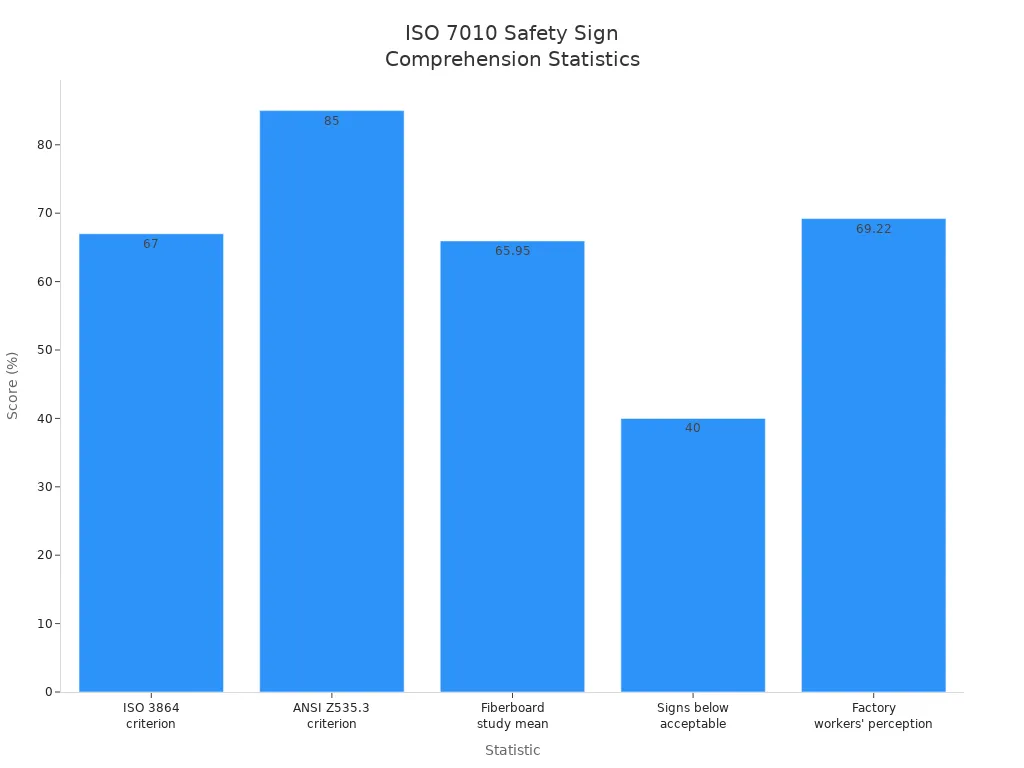
Las organizaciones deben verificar sus letreros de tráfico a menudo y actualizarlos para que coincidan con ISO 7010. Usar estos letreros ayuda a todos a detectar los peligros rápidamente. Esto hace que el lugar de trabajo sea más seguro para todos.
Preguntas frecuentes
Que es ISO 7010?
ISO 7010 es una regla mundial para señales de seguridad. Nos dice que colores, formas, y símbolos para usar. Esto ayuda a todos a comprender los mensajes de seguridad rápido y fácilmente.
¿Por qué los lugares de trabajo deberían usar ISO? 7010 letreros?
Los lugares de trabajo usan ISO 7010 Signos para detener la confusión y los accidentes. Estas señales ayudan a los trabajadores a detectar peligros y lugares seguros de inmediato.. La gente puede entenderlos incluso si hablan diferentes idiomas.
¿Con qué frecuencia se deben comprobar o reemplazar señales de seguridad??
Las organizaciones necesitan verificar las señales de seguridad a menudo. Si se rompe un letrero, desteñido, o faltante, Debe cambiarse de inmediato. Los controles regulares ayudan a mantener los mensajes claros y sigan las reglas.
Puede iso 7010 Se personalizarán letreros para riesgos específicos?
Sí, ISO 7010 le permite cambiar señales para peligros especiales. Pero debes mantener los colores correctos, formas, y símbolos. Esto asegura que todos sepan lo que significa el signo sin mezclar.

